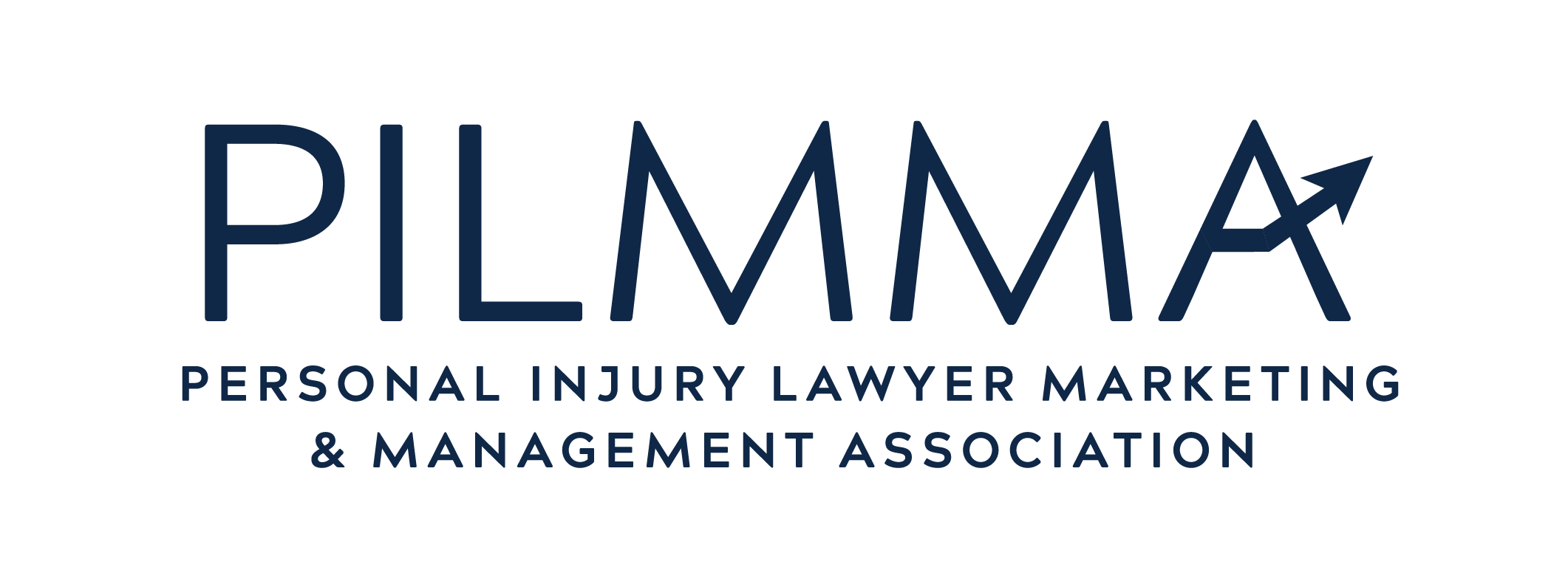Throughout the year, I’ve been sharing strategies with PILMMA members to help you get the best ROI from your marketing efforts. Sharing information and transparency of data are at the core of what we do at Consumer Attorney Marketing Group. We want to help lawyers increase your probability of success.
As we get ready to close out 2019 and look ahead to 2020, let’s review some strategies for success. What are your objectives for the coming year? I’ve created a checklist to help you assess where you are — and where you want to go — in a highly competitive marketplace.
Are You Ready to Succeed in a Highly Competitive Market?
As of July this year, the legal media spend in the U.S. was over $300 million. The average legal spend per capita is $5.21 but in some markets, the average is over $17 per person. Legal advertising is highly competitive, including in your local personal injury market.
There may be one or a few big spenders who seem to corner your local market but that doesn’t need to stop you from being competitive. The keys are to find open opportunities and to streamline your spending, directing your budget to approaches that bring results.
Are You Targeting Your Marketing to the Right Audience?
To get the best ROI from your marketing dollars, you need to have the right message in front of the right audience at the right time. Who are the people most likely to convert to clients? Determining and analyzing your target audience is crucial to planning marketing campaigns that work. To stay competitive in your market and practice area, you need to run efficient campaigns that are driven by responses – and the first step is setting your target demographic.
Identifying your target audience plus unlocking insights into your target audience’s likely lifestyle preferences is an effective starting point for your campaigns. At Consumer Attorney Marketing Group, we have the advantage of years of historical data to draw from, as well as media industry monitoring tools. With data from Scarborough, we are able to build a detailed target audience.
Once you’ve created your most likely target audience, you need to narrow down the probable media consumption habits of your audience. What stations are they likely to watch? Are they more likely to watch a daytime talk show? Local evening news? Are they more likely to watch TV on a Monday or Saturday? Which network or channel?
If you’re planning a radio campaign, which stations or formats are more likely to be preferred by your target audience? Would they be more likely to listen to talk radio during drive time or sports radio on the weekend?
Digital advertising provides you with increasingly granular opportunities for targeting and reaching your intended audience at scale. You can segment audiences based on a wide variety of variables, including geography, interests, and ad or website engagement.
Are You Tracking Responses?
Figuring out the optimal amount of advertising to run and the right media platforms to utilize is a challenge and to get it as close to perfect as possible, you need to track and analyze. Knowing where calls are coming from is important. Knowing where calls are not coming from is even more valuable.
Turn your marketing into a science by knowing where responses are generated, and which calls lead to signed contracts. Measure every response to make smart decisions with your marketing. You can use unique phone numbers for each station, spot, daypart, day of week, or length of ad. You may prefer to run commercials with vanity numbers and complement with unique tracking numbers at times. The key with either approach is consistency. You need to track your responses regularly to get the data you need.
Are You Putting This Great Data to Work?
Once you’ve been tracking responses, what are you doing with the response data? You should be analyzing the data and using what you learn to make swift changes to your marketing. Analyze response data weekly or more frequently. Then, make strategic changes quickly in order to optimize marketing channels and bring you the best return of investment.
In order to optimize the best channels for your campaigns, apply this information to make adjustments to your media schedule on a weekly basis. With digital, the adjustments might be more frequent. Don’t leave the meter running on your campaigns without hitting your objectives.
Looking Ahead to 2020
As you look ahead to 2020 and beyond, it’s key to remember with legal marketing, it’s not necessarily about quantity as much as efficiency. The media you’re running should be directed to what brings you results, whether you’re measuring by cost of call, cost of lead, case cost or some other objective. The bottom line is to get the right message in front of the right people at the right time.
You can accomplish this with tracking, analysis, and optimization. Performance matters. If case costs are too high, campaigns are not sustainable. Your marketing dollars should be directed to approaches that bring you results.
;
About Consumer Attorney Marketing Group

In addition, CAMG’s six service divisions allow law firms to vertically integrate all marketing needs with just one partner, complementing marketing with phone management, call center services, contract processing, medical record services, and data publishing.
CAMG strives to be at the cutting-edge of legal marketing with innovations such as the monthly Legal Marketing Index®, CAMG’s exclusive legal infomercial format, and the nation’s first call center dedicated to intake of sex abuse cases.

